By Dr. Andres Bustamante, University of California Irvine, School of Education, Professor
“They know their children better than anyone—their temperaments, personalities, strengths, vulnerabilities, talents, and special needs. They know their own cultures and the cultures they want to transmit to their children. When parents share their knowledge, they improve provider practices and program quality.“ (Head Start Parent, Family, and Community Engagement Framework).
The goals of Head Start and Early Head Start are to support children’s development across cognitive, language & literacy, social & emotional, approaches to learning, and motor & physical domains. However, each child is unique and brings their own set of strengths and interests. While research in early education and child development can describe the broad strokes of development and inform best practices for engaging young learners—no one knows a child better than their family and the community they are raised in. Therefore, providing the highest quality learning environment for every child requires teamwork and coordination between educators, families, and communities.
This type of coordination is no easy task. It takes time, effort, and persistence, one of the many reasons that being an educator is among the most challenging—yet valuable—careers in the world. Wouldn’t it be nice if each child were a blank slate that could be guided through a series of prescribed lessons that would perfectly prepare them for success? Well, those who have spent time in early childhood settings know that a classroom of 20 plus 3, 4, and 5-year old’s can look and sound like orchestrated chaos during times when children are learning the most, and each child requires a different level of attention and support. So how can educators make the time to engage families and communities given everything they already have to juggle? And even if time wasn’t an issue what does high quality family engagement even look like?
Head Start published a wonderful framework for family and community engagement (linked above), as well as specific strategies that early childhood programs can take to support implementation of the framework. This framework describes the foundations necessary for achieving high-quality engagement, including intentional program leadership and continuous professional development. It also details the impact areas that effective engagement supports, such as, a welcoming program environment, strong family & community partnerships, and high-quality teaching and learning environments. When done right this type of engagement leads to family well-being, positive relationships between children, families, and educators, and ultimately children who are ready for school and life success.
Early childhood research supports the level of family engagement described in the Head Start Framework. Studies show that family engagement leads to improved child teacher relationships, and those relationships improve student attitudes and performance. Research in Early Head Start shows that family engagement improves parent sensitivity and stimulation of cognitive development, as well as child vocabulary, social skills, emotion regulation, and fewer behavior problems. Finally, family engagement intervention research in Head Start classrooms increased children’s language, reading, and writing skills, and social-emotional outcomes including attachment, initiative, and reduced anxiety/withdrawal.
The “Getting Ready” program for Head Start successfully improved child outcomes through family engagement techniques such as quarterly home visits, which included learning about children’s strengths, planning developmental goals and monitoring progress, and teachers modeling high-quality interactions with the child. Critically, this program involved extensive and continuous professional development supports for teachers including a 2-day training and bi-weekly coaching sessions in both individual and small group settings. Continuous and job-embedded professional development (like coaching) is vital for maximizing the benefits of these types of intervention programs.
It is also important that engagement goes beyond the walls of the classroom and outside of the home—into the community where children spend so much of their time. Part of a comprehensive approach to engagement for a Head Start center is connecting families to the many resources communities have to offer and infusing everyday classroom experiences with the unique wisdom, values, and cultural knowledge that every community has. One way to accomplish this is through Human-Centered Design, an approach to designing activities, materials, and spaces with the very people who will be using them. There are a variety of techniques to design with children and specific approaches for educators to apply design thinking in their classrooms. The general idea is that when you include children, families, and community members in the design process, their values and strengths become embedded directly in the design products.
A group of researchers from around the country have started a movement called Playful Learning Landscapes that redesigns public spaces to infuse them with playful learning opportunities. One project in Philadelphia, redesigned a bus stop to promote play and learning opportunities for families while they wait for the bus. Community members were involved throughout the design process, so each element of the design reflected the communities history and culture. Yet another project from Philadelphia used signage in grocery stores increase parent-child conversation and interaction by 33%.
In my research laboratory at the University of California Irvine, we have been working with families in Santa Ana, CA, to design a new set of grocery store signs that incorporate community goals and culture and promote playful learning interactions between children and caregivers. We held design workshops where parents shared stories about their experiences going to the grocery store when they were children and what it is like to go to the store with their children now. We used the themes that emerged from those sessions to inform the design of the signs. For example, several parents told stories about struggling to order food at the deli in pounds when they first moved to the United States, because they were accustomed to kilos. Based off these conversations we designed a sign that will be placed in front of the deli counter that has a chart comparing pounds and kilos. Parents can use this sign when ordering food but can also engage their children in conversation around conversion and measurement, the kind of language known to promote early math skills. By inviting families to be design partners, we ensure that design outputs are relevant to the people who will be using them which increases engagement and usefulness.
These kinds of family and community engagement efforts are applicable across early learning contexts (the home, classroom, and community) and are an ideal way to build from families’ many strengths. In order to provide the best learning experiences for children we must start doing with—not for—families, because they know their children best.
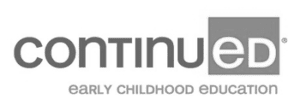
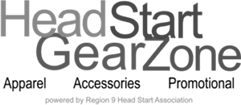



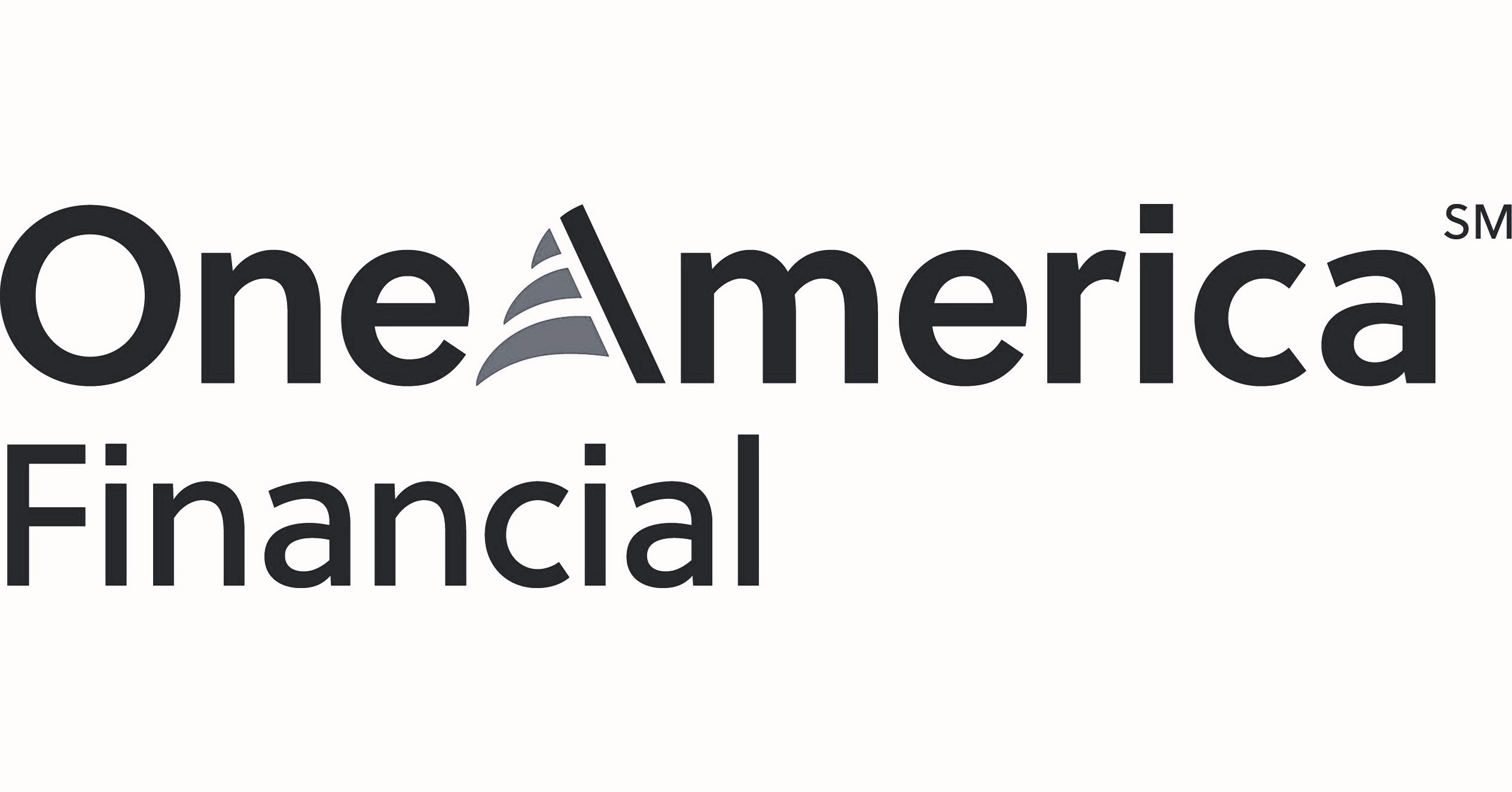
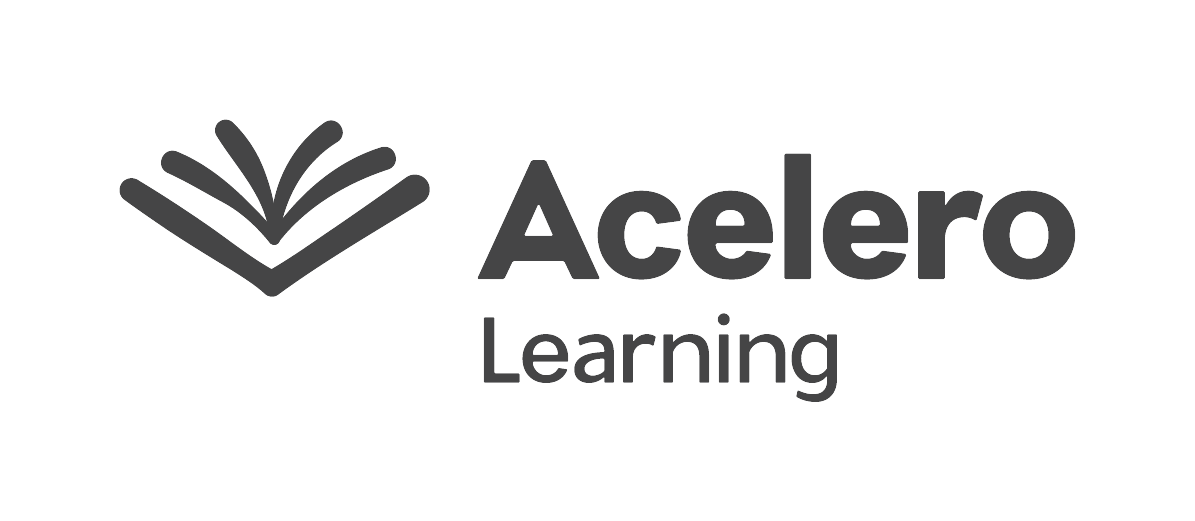
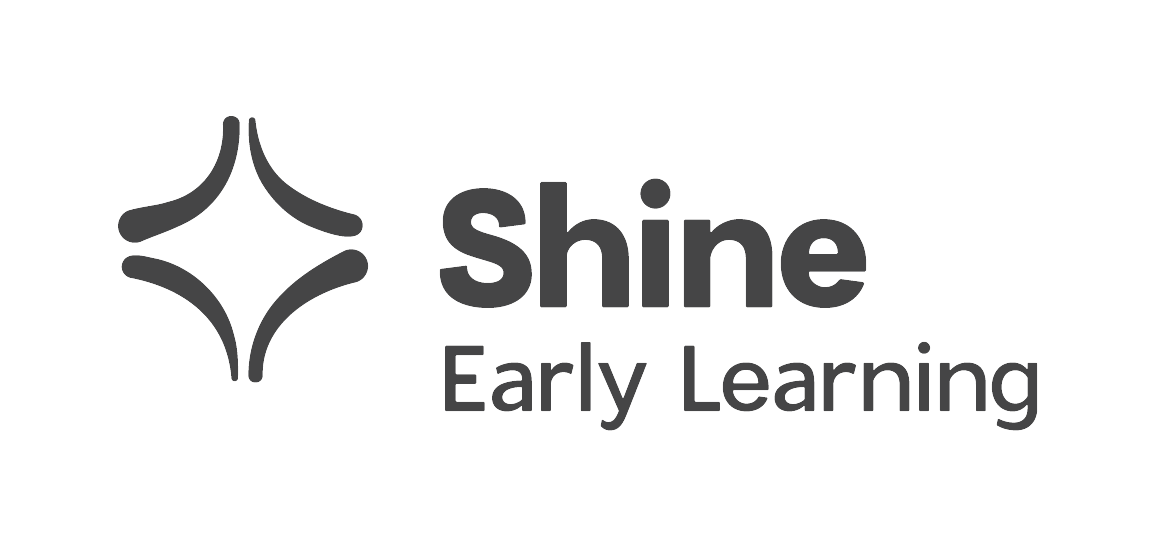

I have been to management workshops, not leadership training. This has totally changed my perspective and encouraged me to propel forward in developing my skills.
I am honored and humbled to be a recipient of the Region 9 Head Start Association’s Legacy Scholarship. The scholarship helped me get one step closer to achieving my goal of becoming a Head Start Director.
I took part in The disproportionate impact of COVID 19, and how to provide “real” support for black/brown children and families and I just want to say this was an amazing webinar. I hope we can look forward to further conversation on this topic.
Thank you so much for making events like this! I really enjoyed and learned so much teaching strategies to implement STEM in the classroom.
The HR Network was an excellent opportunity to network and learn the best practices from other HR professionals within Head Start programs. You will be amazed by the level of talent and experience of the participants.
The Summer Camp training was powerful and inspiring! Each presenter was very engaging, it’s hard to even pick a favorite session!
The Leadership Challenge training was very relevant to my work as a Head Start leader! Great facilitation; stayed with the program yet allowed time for individual and small group reflections.
Regular price $12.00
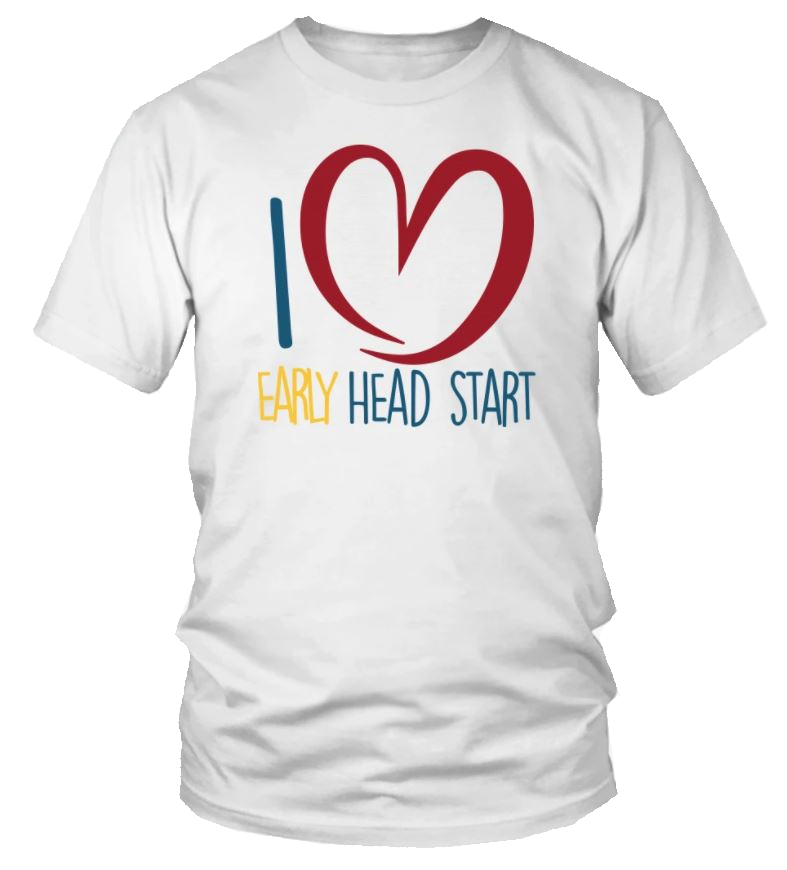
Regular price $39.00
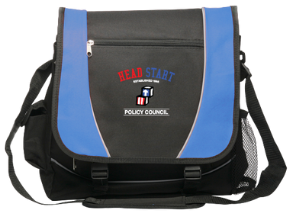


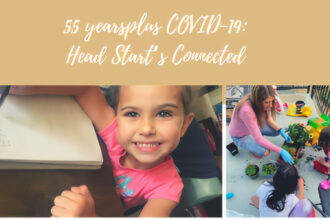
Questions? Contact us at headstartr9@region9hsa.org.